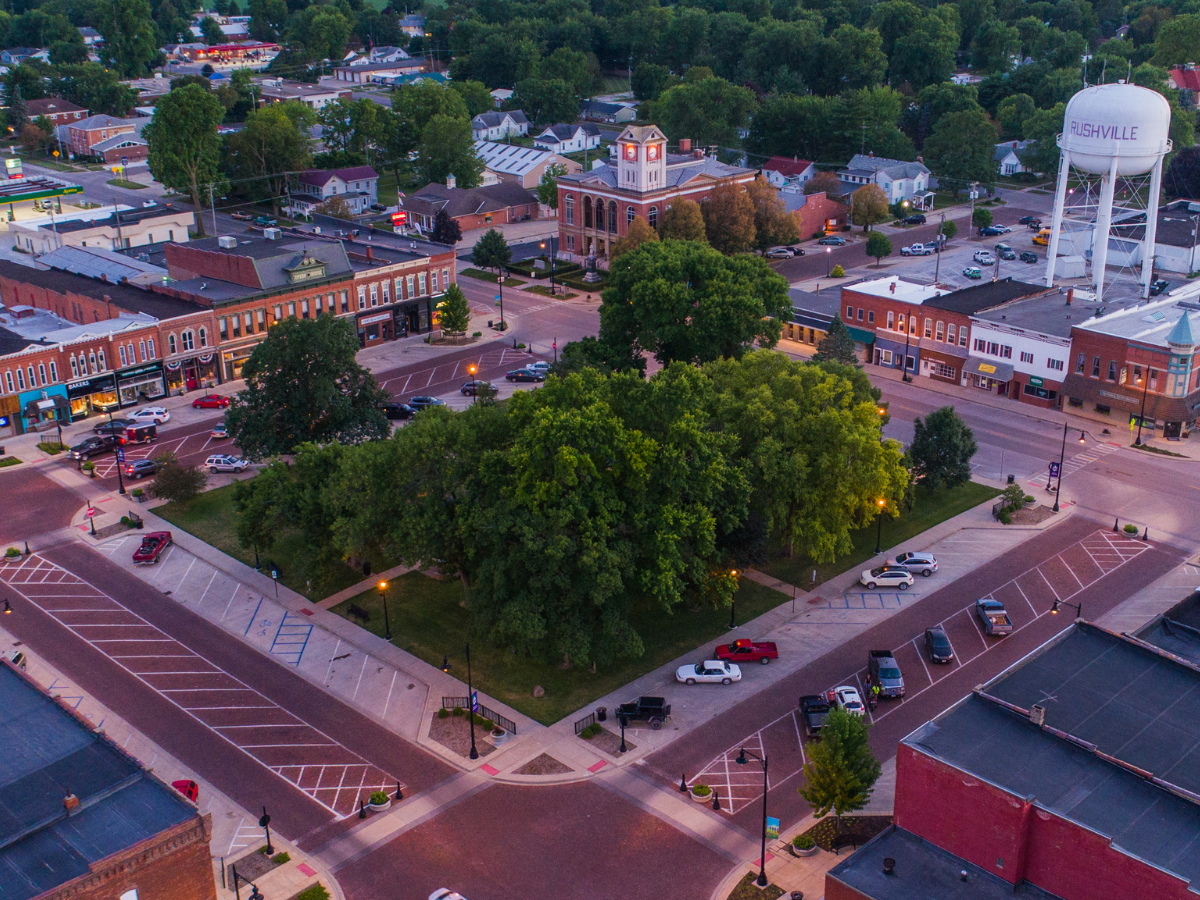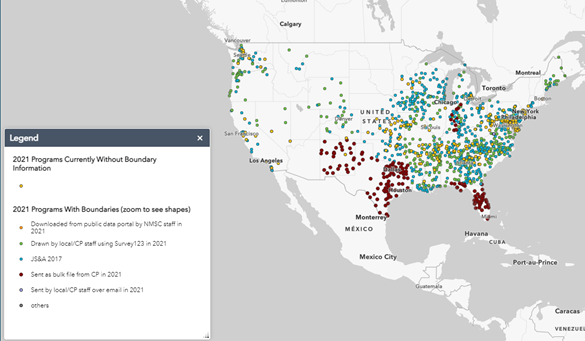Announcing the Science Discovery on Main Street Grant Recipients
Main Street America is thrilled to announce the 12 Science Discovery on Main Street grant program recipients.

Marion, Iowa © Tasha Sams
We work in collaboration with thousands of local partners and grassroots leaders across the nation who share our commitment to advancing shared prosperity, creating resilient economies, and improving quality of life.

Emporia, Kansas © Emporia Main Street
Made up of small towns, mid-sized communities, and urban commercial districts, the thousands of organizations, individuals, volunteers, and local leaders that make up Main Street America™ represent the broad diversity that makes this country so unique.

Chicago, Illinois © Main Street America
Looking for strategies and tools to support you in your work? Delve into the Main Street Resource Center and explore a wide range of resources including our extensive Knowledge Hub, professional development opportunities, field service offerings, advocacy support, and more!

Waterloo, Iowa © Main Street Waterloo
Your one-stop-shop for all the latest stories, news, events, and opportunities – including grants and funding programs – across Main Street.

Kendall Whittier — Tulsa, Oklahoma © Kendall Whittier Main Street
Join us in our work to advance shared prosperity, create strong economies, and improve quality of life in downtowns and neighborhood commercial districts.

How many Main Street districts are there? How big are Main Streets? How many small businesses are located on Main Streets and how many people do they employ? How many housing units are on Main Streets and who lives there? What is the racial make-up of Main Street business owners? What are the demographics of Main Street districts?
Before the Mapping Main Streets project began, we were unable to answer these questions. We lacked a single vital piece of information from all Main Street programs in the network – the spatial boundary of their program. Without those boundaries, we couldn’t leverage the vast amounts of public data available to ask important questions specifically about Main Street districts.
Working alongside Mike Powe, Main Street America’s Director of Research, we set a goal over this past summer to collect as many boundaries for the 1200+ programs that comprise the Main Street Network as we could. A previous effort in 2017 had collected approximately 60% of the boundaries, so our task was to confirm, update, and add boundaries to create a complete database.
This past summer, I came to work as the new Main Street GIS Intern as fieldwork for my Master of Urban and Regional Planning degree at UCLA, fitting with my professional history in engineering and data analysis. I was already familiar with Main Streets, having grown up in San Luis Obispo, CA where my father owned a small business in the downtown Main Street District. This internship was a more formal introduction to the Main Street network and the aspirations of Main Street America to wrangle data as a resource for understanding downtowns and neighborhood commercial districts.

To collect boundaries, we used Survey123 (a GIS tool made by Esri) that allows respondents to provide select information about their programs and draw or confirm their own program boundaries. We hosted a webinar with the staff of coordinating programs to explain how the survey tool works and the importance of this project. We launched the survey at the end of July, and to date, we have since received 765 responses. Combining the newly drawn boundaries with those gathered by Jon Stover and Associates in 2017, we now have close to 90 percent of the 2021 Accredited and Affiliate program boundaries. (Many thanks to the coordinating programs and local program directors who participated so enthusiastically in this effort!)
We compiled the existing and newly added boundaries into a PostGreSQL database, a type of spatial database that easily allows queries of the dataset. In addition to the program’s boundaries, we added other information into the database, such as the year the program was established and the program’s website URL.
With nearly a complete database of program boundaries, we were excited to begin jumping into the data and start asking some of those Main Street district-specific questions.
The first dataset we used was from the Paycheck Protection Program (PPP). The U.S. Small Business Administration recently released records for all 11 million emergency loans approved during the pandemic. As my internship was nearing its end, the dataset was geocoded by Geocodio and made available to researchers for free. Not only does this dataset provide an insight into which businesses and communities were recipients of aid during the pandemic, but also acts as a proxy for small businesses located on Main Streets. Currently, no comprehensive dataset of small businesses exists, making this massive PPP dataset an asset for research about business conditions in Main Street Districts.
Combining the program boundaries with the PPP dataset, we start to see the kind of specific insights we were hoping for.
Across the 1,067 Main Street districts that were mapped when we conducted this analysis, there were 114,938 businesses who received a PPP loan, or an average of about 108 PPP recipient businesses per district. In the weeks ahead, staff at Main Street will dig into the data further and conduct analysis of the PPP loan amounts, the reported numbers of jobs at businesses receiving PPP loans, the race and ethnicity of the businesses, and more. There are undoubtedly many important insights for Main Street’s work in the data, and all of this analysis is made much more powerful with the Main Street district boundary information that we gathered this summer.

This initial analysis merely scratches the surface of possible insights from combining the PPP data and the complete Main Street boundaries. The boundaries make big data sources possible for Main Street – imagine analyzing credit card data or Yelp reviews or even traffic speeds specifically within Main Street districts. Whether it’s big data or public data, the boundaries will help illuminate trends across all programs in the Main Street network.
In addition to research at the national level, we can use the boundaries to provide practical tools for coordinators and program directors. We intend to build out a mapping tool for the coordinators, which will overlay their program boundaries with Census data, historic preservation data, and more. Coordinators can use this information to learn more about their programs or to gather data as they complete grant applications, and programs without the staffing capacity for data analysis will have access to new insights as well.
Completion of the Mapping Main Streets project marks a critical, foundational step in a new direction of research for Main Street using maps and spatial data.
An interactive map of our Main Street districts will be available in Winter 2021! Be sure your district is represented: email your Coordinating Program today.